So, LCDS – the updated draft London Cycling Design Standards – is out. And there’s 358 pages of it! At a first look it contains some excellent stuff – a much needed jump forward from LTN 2/08 – but also some bits that concern me and a few howlers that frankly don’t have a place in a bicycle design manual in 2014.
I am still wading my way through the later pages, and will share and submit detailed comments for the consultation but I wanted to make a positive contribution about ‘types of cyclist’ first off – given I’m working on an article about cycling equity.
I was pleased to see recognition that we’re not just building for one type of cyclist on page 60, Section 3.1:
The intention in London is to provide for all types of cyclist. Assumptions may be made about how much space cyclists need, what can be provided to make them feel safer and how they behave under certain circumstances, but it is important to consider those who do not fit the stereotypes.
Worryingly though, alongside this explicit championing of diversity there’s an implicit assumption that ‘commuters’ will be your hard-core, hardened, fast and fit types, riding in a single silent grim yet perfectly formed line, while non-commuters are the fluffy and the slow. Page 115:
The kinematic envelope of a cyclist depends on their speed and the degree to which they ‘wobble’ when riding (as described in section 3.1), meaning that there is a difference between the width requirements of commuter cyclists and those of more casual cyclists or groups of cyclists. An assessment of potential users may therefore be needed before determining degree (and therefore width) of separation.
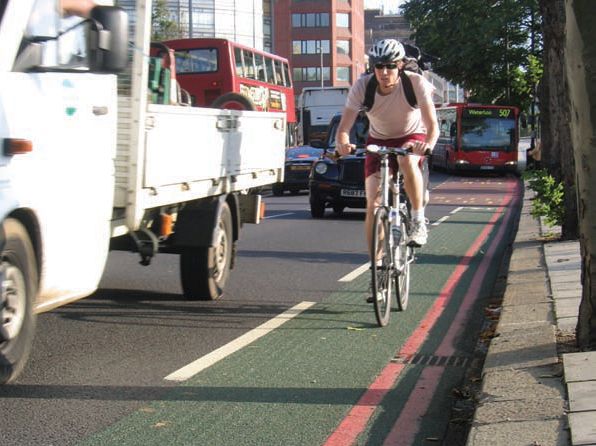
Are we still building for the stereotype? As shown here on the cover of our national bicycle design manual.
And throughout 358 pages, little space is allocated to discuss ‘types of cyclist’ and their needs. We also need photographs, showing the potential diversity of cycling in London, which would accompany our achieving the ambitious claims in LCDS (about planning for big increases). The Dutch manual starts with pictures, and it’s an eye opener for someone used to the British approach. Kids horsing around? Check. Guy with a duvet on his handlebars? Check. Our manual needs to do more to redress the balance between pictures directing you to look at the concrete, and pictures telling you to look at people. This is where you need your social scientists!
So here’s my take on what LCDS should have included on this topic… (Thanks to Kevin Hickman and Isabelle Clements for letting me use some of their photos; they’re not responsible for my opinions).
Types of Cyclists
Key principle:
The needs of currently under-represented groups should be foregrounded, while also meeting the needs of existing cycle commuters.
Despite increases in cycling, the typical London commuter cyclist is still a man aged 30-35, with relatively few women, older and disabled people cycling to work. The gender balance of commuter cycling in Inner London has hardly changed in ten years, despite a substantial increase in cycling, while an existing under-representation of older people among the cycling cohort has worsened. The cyclists we have attracted over the past ten years are like their predecessors age- and gender-imbalanced. Many ethnic minority groups are under-represented. All this is seriously problematic, not just in equity terms, but also because it limits our ability to achieve our targets for a cycling revolution. Ultimately, such unecessary restrictions on many Londoners’ movement harms our city.
In high-cycling countries and cities, cycling rates are similar for both genders, and rates of commuter cycling among older people are often high. In Cambridge, one in five cycle commuters are over 50, and one in sixteen over 60, fairly representative of the commuter age structure. If in London we achieve greater age equality and (as per target) cycling doubles within the next decade, we could soon have 5,000 extra commuting cyclists above the age of 60 on key routes at peak times.
A quarter of a million employed Londoners have a long-standing health problem or disability. Currently very few cycle to work, although some disabled people would find cycle commuting easier than walking or using public transport. (Many using public transport find ‘travelling during peak hours can be a daunting experience’.) Attitudes to Cycling 2012 revealed that while 70% of disabled Londoners can cycle, only 6% ever do.
Enabling more disabled people to ride to work, by creating inclusive cycle routes and infrastructure, could substantially enhance people’s health and journey experience and reduce the unnecessary impact of impairment on everyday life. This will mean greater diversity of types of user and types of cycle. There are other reasons to expect this double diversity. For example, given unequal childcare responsibilities, an increase in women cycling to work is likely to mean more cycling with children on commuter routes, including using cargo bicycles.
Therefore, designers must seriously consider the implication not just of increased numbers of cyclists, but of a substantially more diverse cohort of people and cycles, for all journey types including commuting.
The kinematic envelope of a cyclist depends on their speed and the degree to which they ‘wobble’ when riding. For different ages, ability, genders and types of cycle, there will be differences in the width required. As discussed elsewhere, the ‘inclusive bicycle’ is wider than the standard bicycle, so tricycles, cargo bicycles, etc. have additional space requirements for this reason. Older commuters and other utility cyclists, and those who have more limited mobility or are carrying heavy goods, will also particularly appreciate routes that require the minimum of unnecessary effort (e.g. stopping, deviation, surface deflections etc.)
So, widening the cycling demographic requires high levels of service across the board, not just for safety, although that is crucial too. There is evidence that women and (to a lesser extent) older people have stronger preferences for higher levels of separation from motor traffic than do men and younger people. Designers should take both ‘objective’ space requirements and ‘subjective’ preferences into account when designing for cycling to become increasingly inclusive.
In general, a basic level of service means that a route is suitable for inclusive cycling (e.g. no barriers that exclude wider cycles, no intimidating maneouvres that exclude parents travelling with children). A good level of service would imply actively designing for substantial user diversity and relatively large numbers of inclusive bikes – for example, allowing sufficient space for one inclusive bicycle to overtake another within tracks or protected lanes; parents being able to cycle alongside their children without intimidation by motorists, or other cyclists being blocked.
While such criteria can be defined and measured, this area is under-researched: for example, there is very little work on experiences and preferences of disabled cyclists, compared to disabled public transport users. Therefore, designers are encouraged not only to ride routes themselves, but to seek the input of parents, disabled people, women, and older people, to ensure that a wide range of users and potential users can contribute. Planners are encouraged to develop research and evaluation of schemes incorporating impacts on under-represented groups.
That’s a first stab at how diversity might be better discussed within the LCDS approach. What do you think? – respond to the consultation.


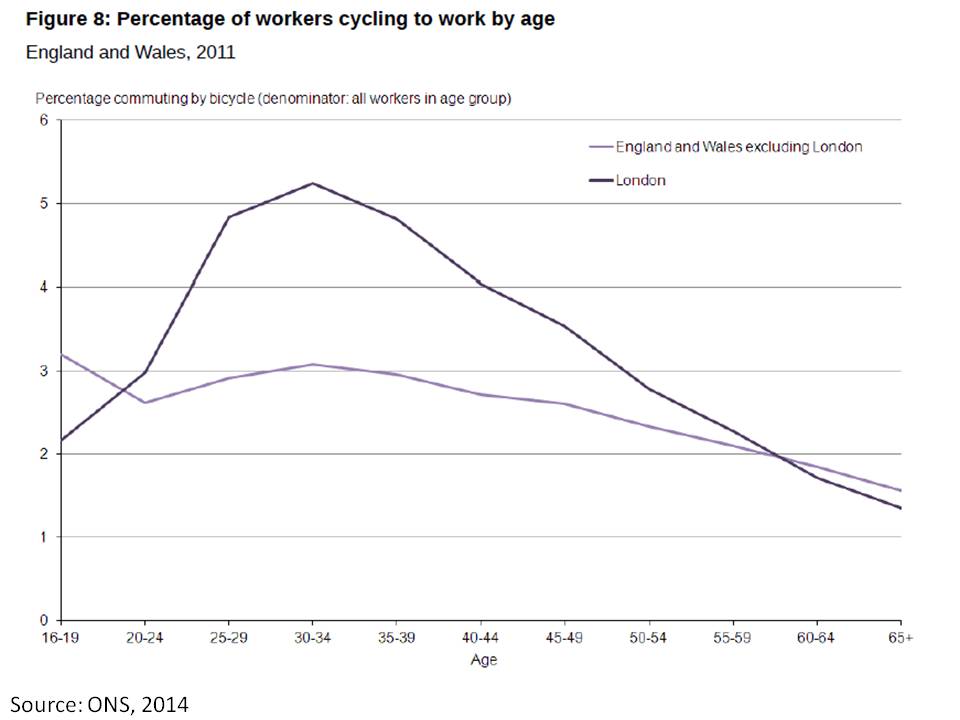
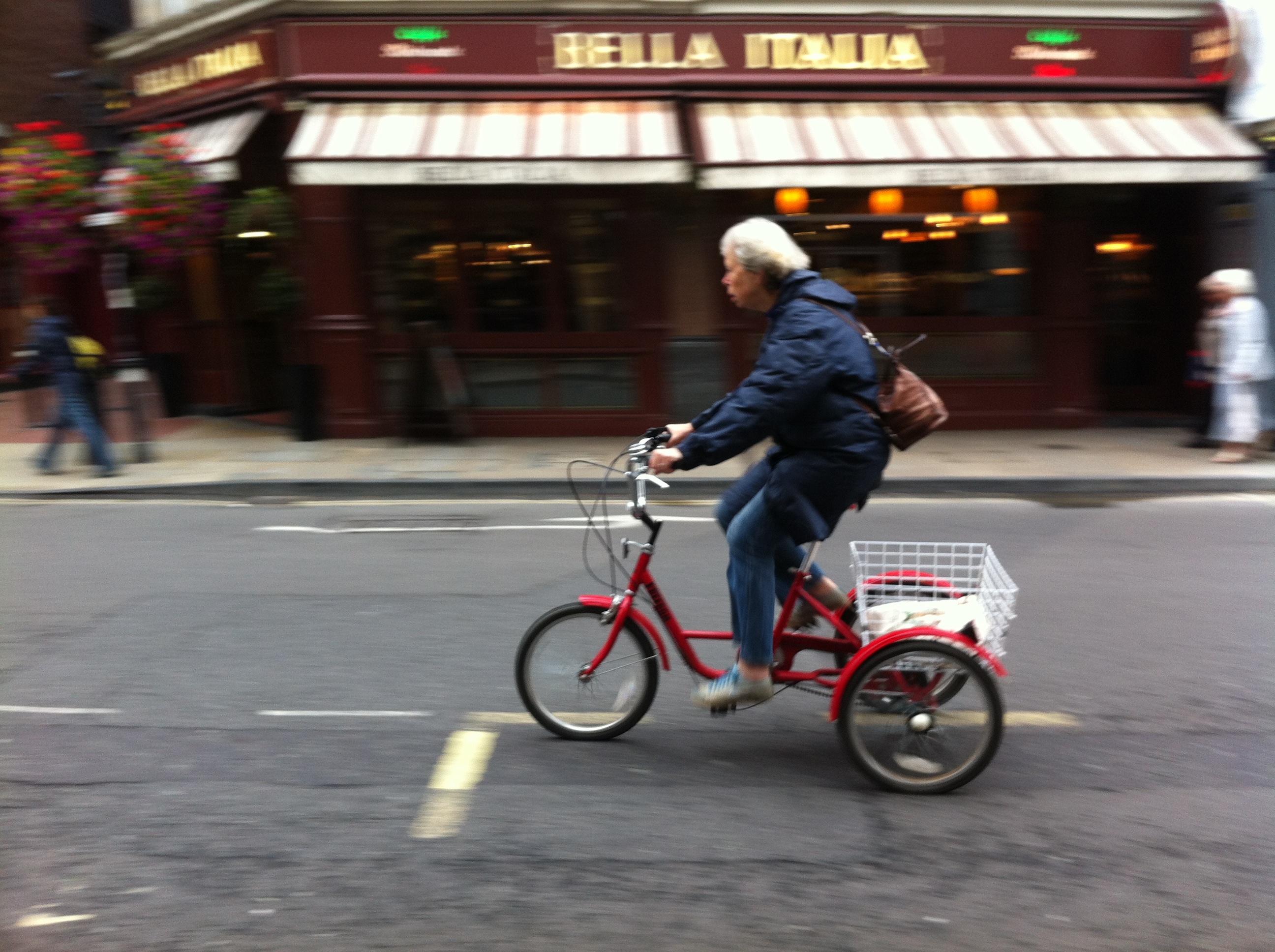
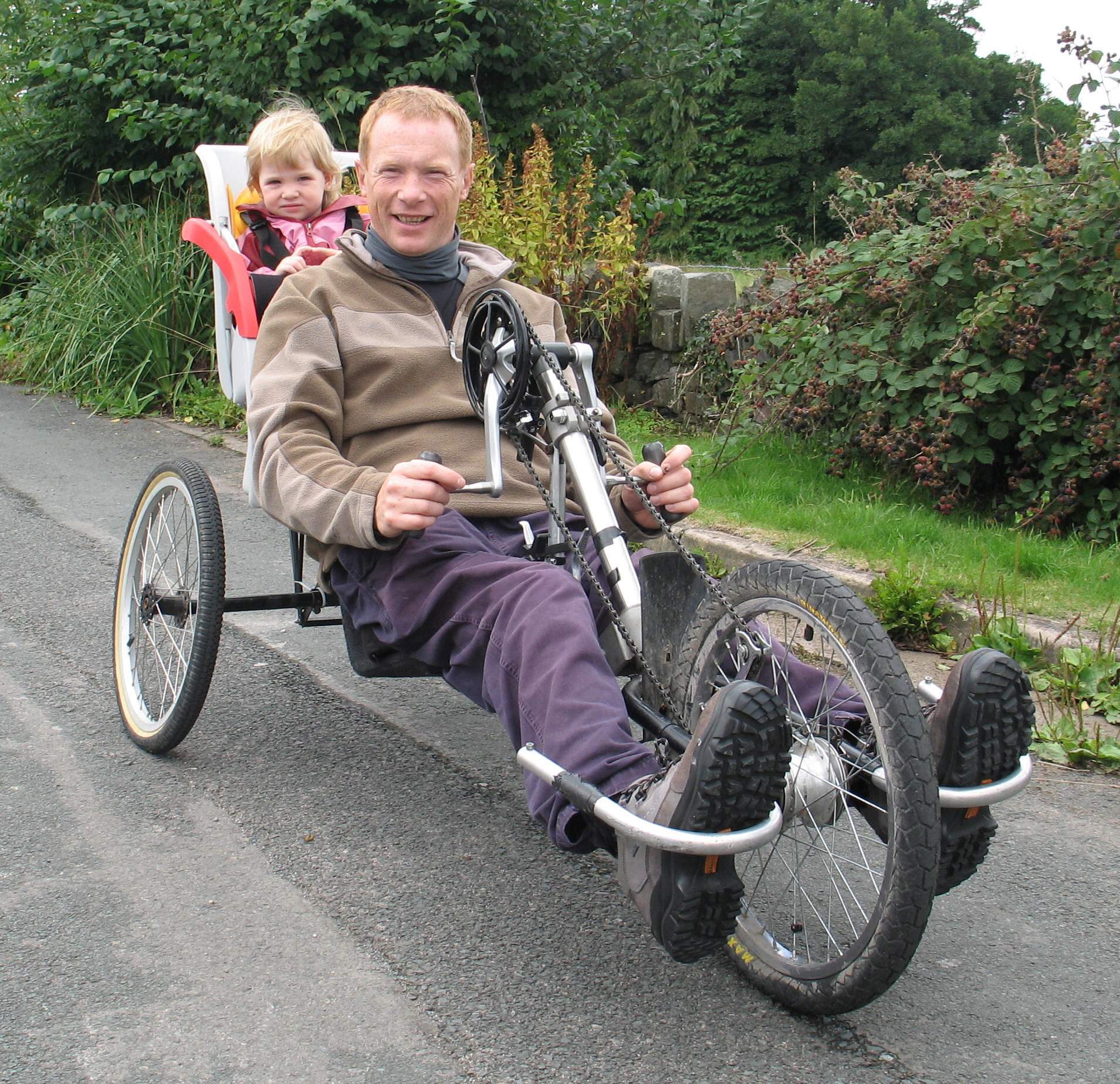
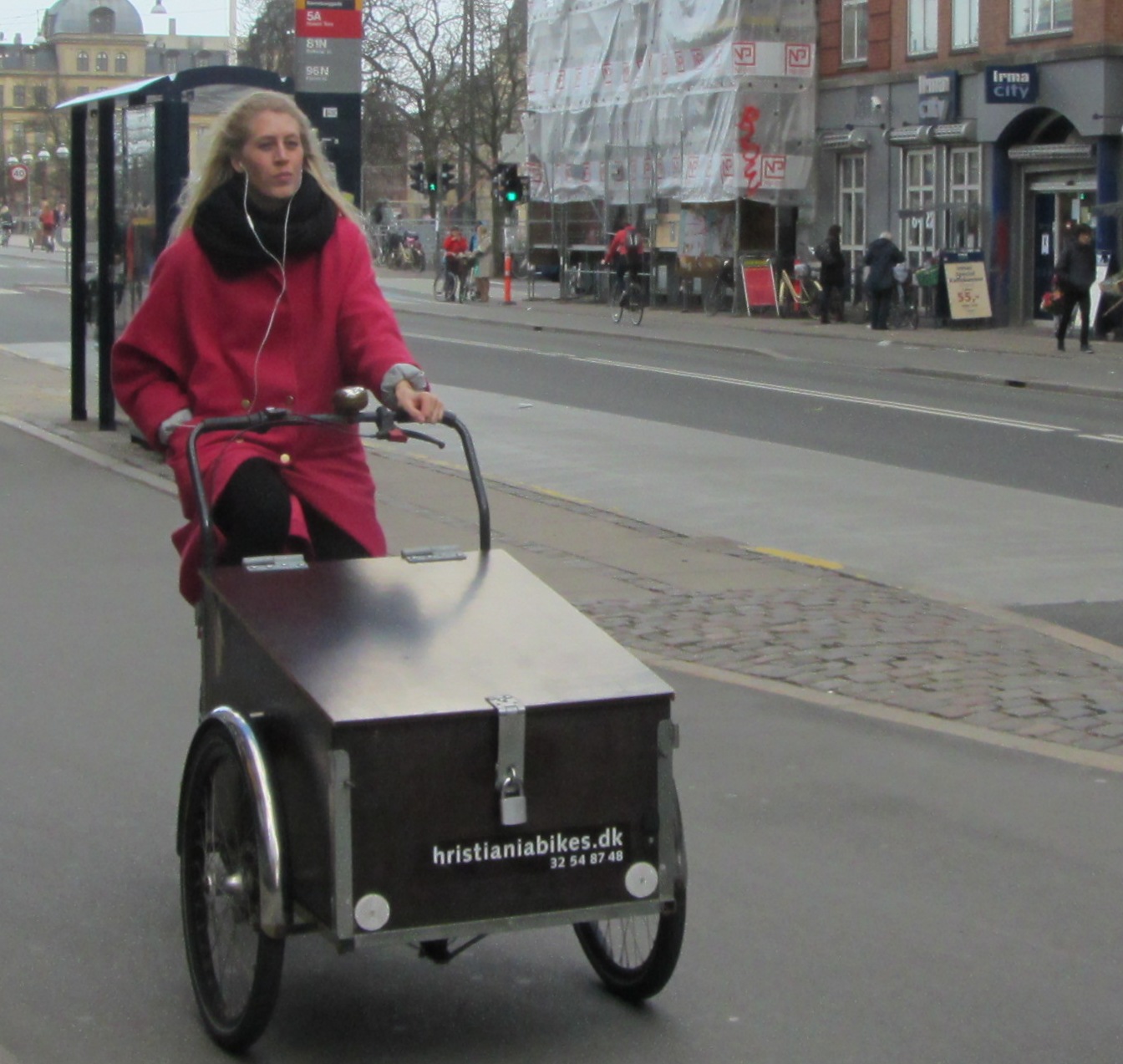
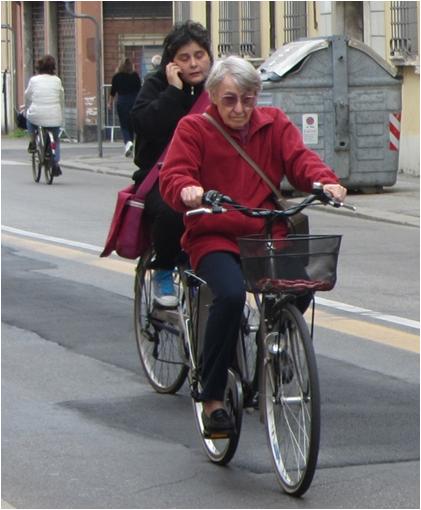
The strategy seems to offer a comprehensive palette of design solutions, from excellent to completely inadequate. What it doesn’t address is that faced with tiny budgets and the motoring lobby, TfL and Councils will always veer towards the inadequate solutions – advisory bike paths, ASLs etc…
The word “casual” should be banned. A wobbly Boris bike rider cycling a mile may feel her entire credibility as a businessperson rests on her turning up for her appointment on time and looking presentable. And there’s nothing casual about the school run – it’s an exercise a lot of families approach with military precision whether tackling it by car, bike or public transport.
Indeed! The assumption that if you’re not a ‘standard’ (read, non-accompanied, non-encumbered, able-bodied, young, male) commuter, you are a casual cyclist (and therefore, don’t care about time, speed, etc.) is very problematic and can be found in a variety of literature.
It reminds me of an academic piece I read recently while doing a lit review around gender and cycling, where the authors suggested that because women have lower paid employment rates than men, they would have more spare time which could lead to more inclination to cycle…..